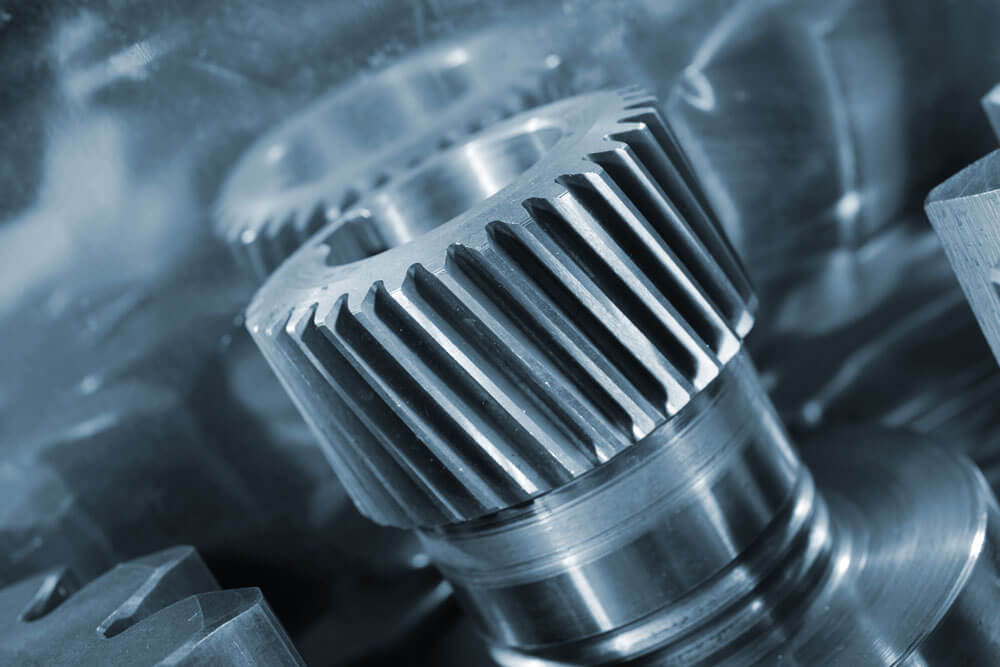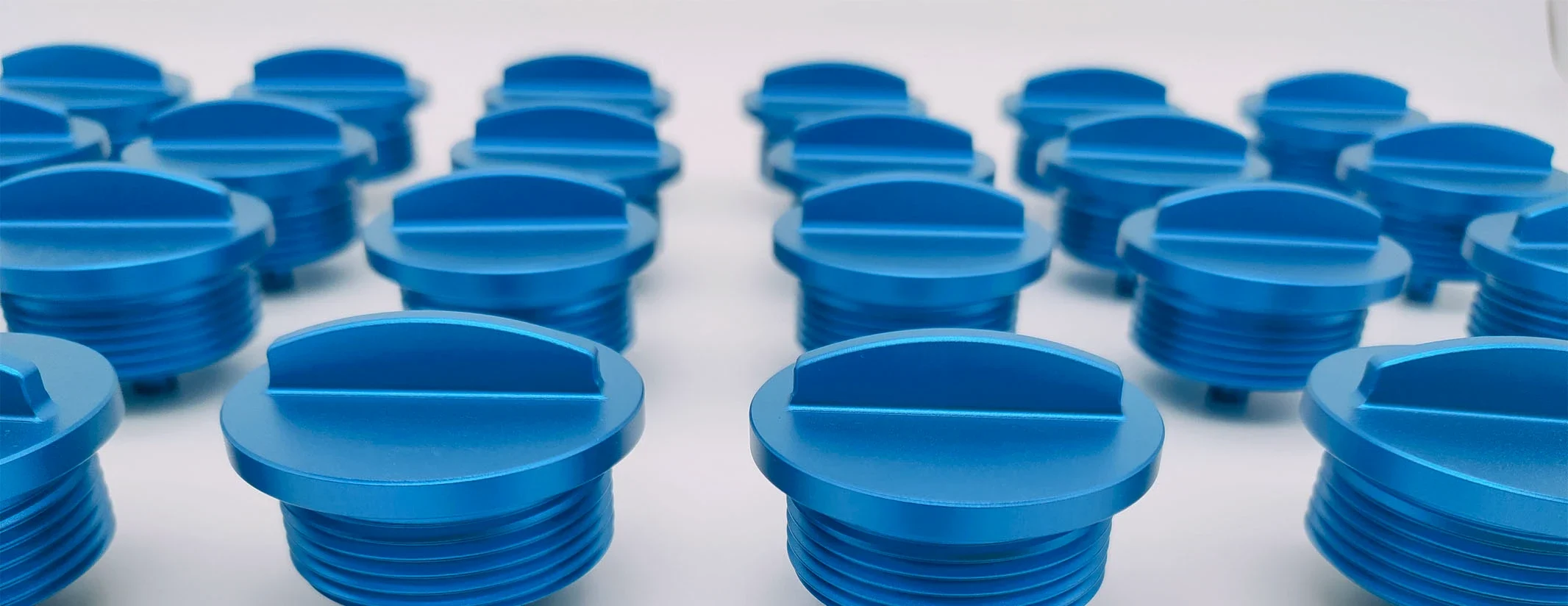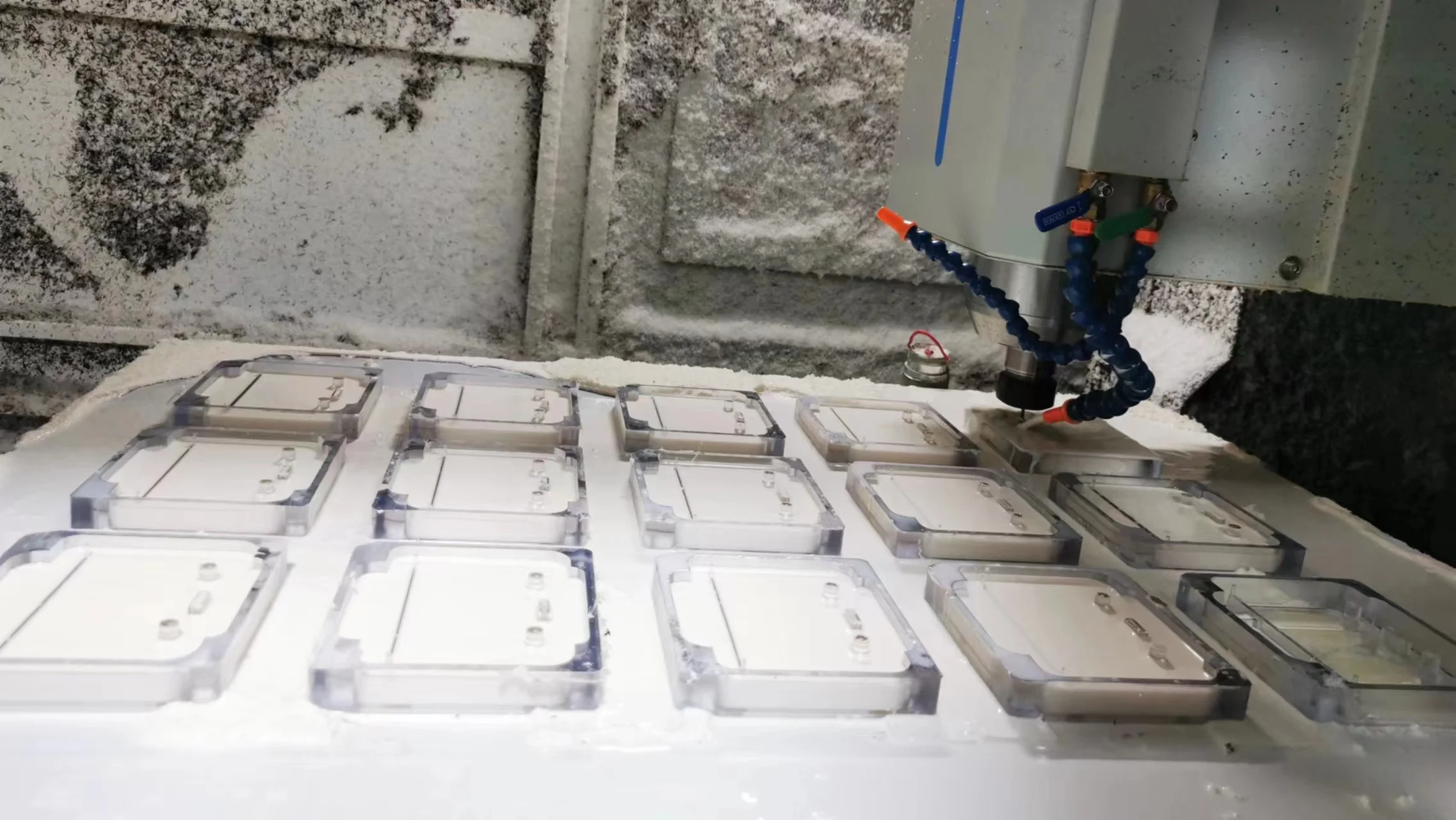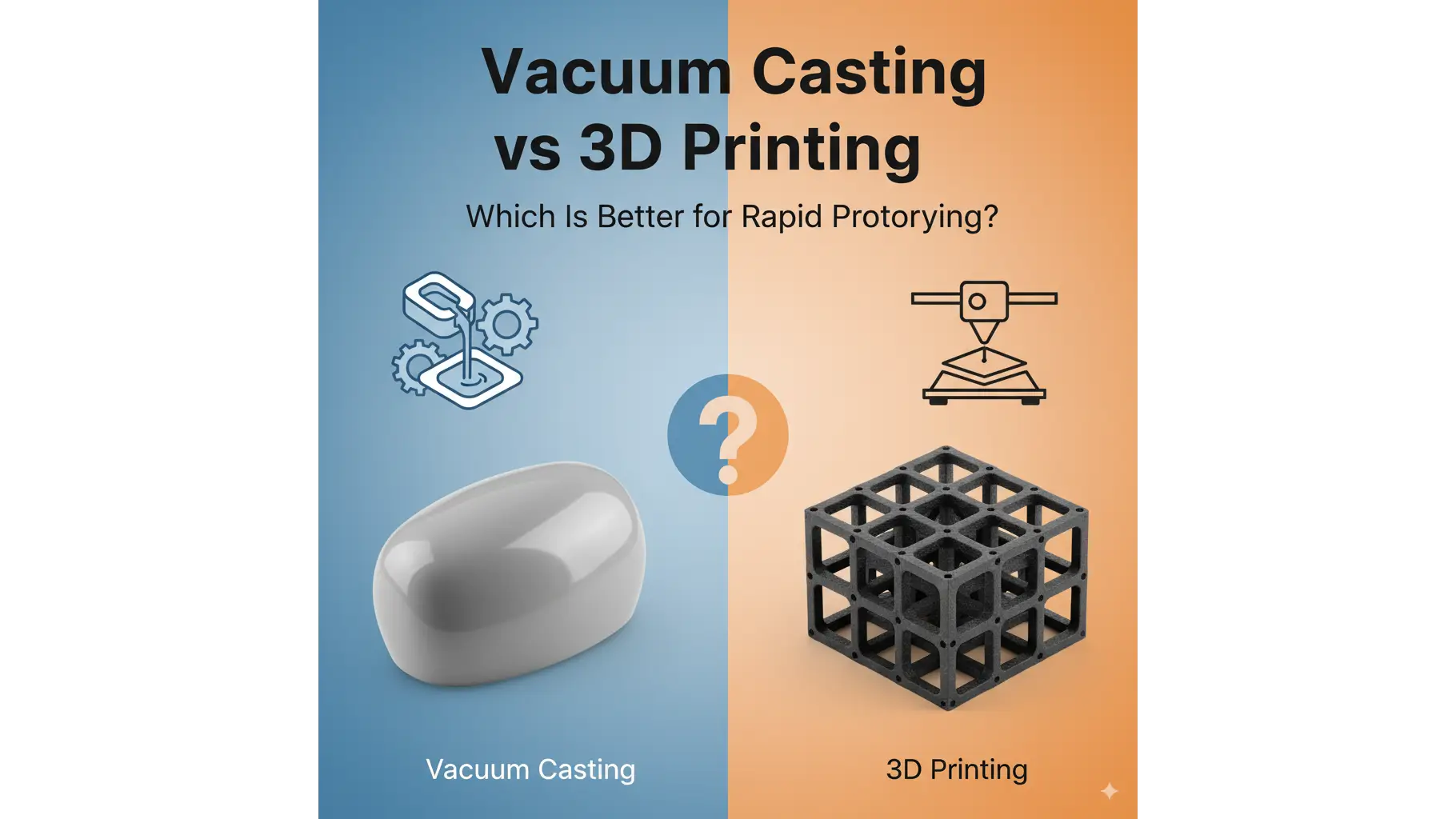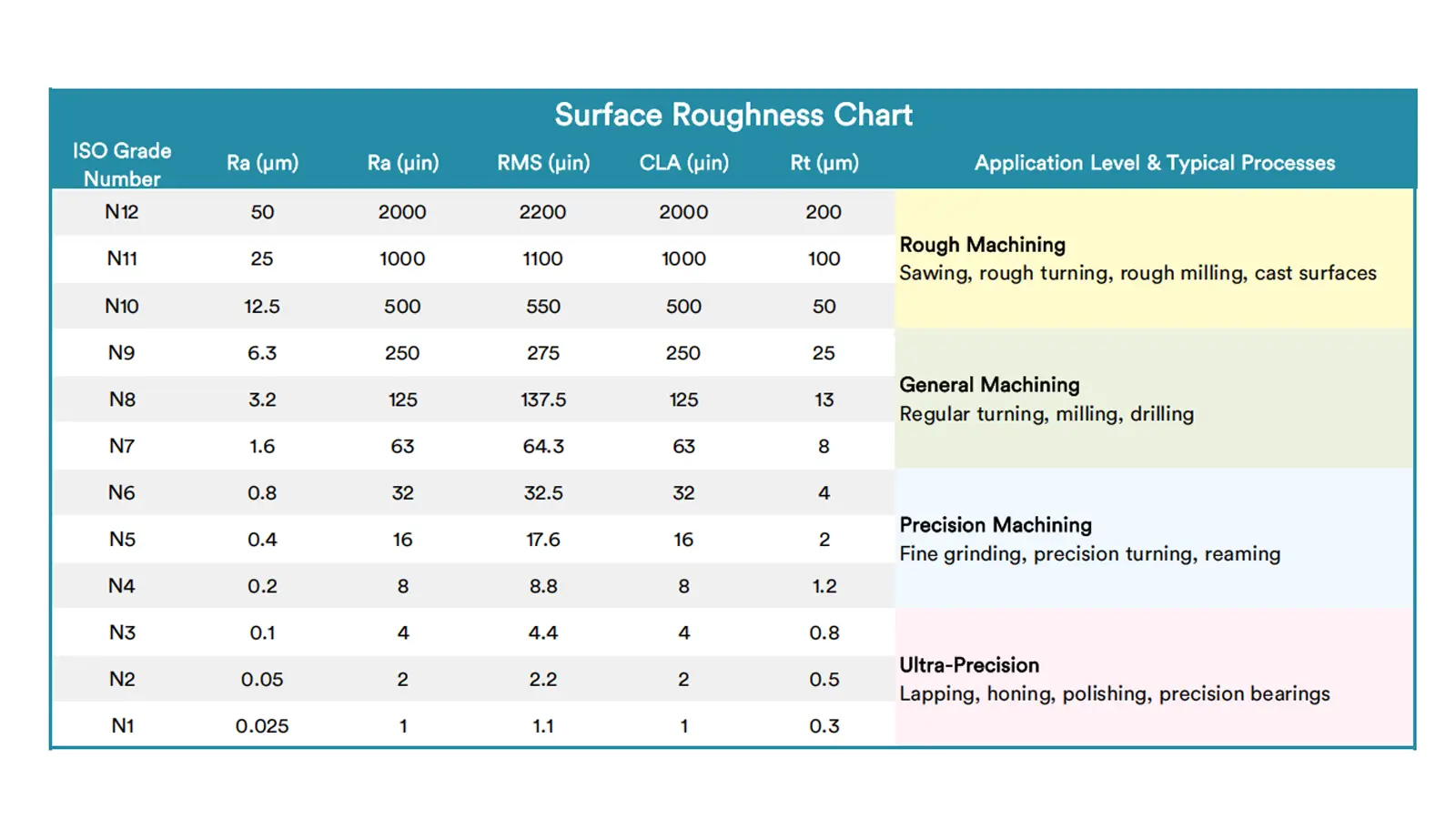Table of Contents
Following the previous discussions on GD&T Circularity, this article focuses on GD&T Cylindricity, a critical form symbol for cylindrical features.

1. What is Cylindricity GD&T?
If you want to use cylindricity correctly, you should know what is it and how to show it in engineering drawings first. This section would illustrate GD&T cylindricity definition, callout and tolerance zone.
1.1. Cylindricity GD&T Definition
Cylindricity is a GD&T form tolerance that controls the overall deviation of a cylindrical surface from a perfect geometric cylinder.
It controls both circularity and axis straightness at the same time, requiring cross-sections round enough and axis straightness as needed to form an ideal cylinder.
Take a pile of coins for instant, cylindricity requires this pile of coins with the same size and should be stacked straight enough and then forming an ideal cylinder.
1.2. Cylindricity GD&T Callout
The GD&T cylindricity symbol is a circle enclosed by two parallel lines. Since cylindricity is independent of datums and material modifiers, the feature control frame of it simply consists of cylindricity symbol and tolerance value.
And the feature control frame points to the controlled cylindrical surface by a leader arrow. In addition, note that the callouts of cylindricity are usually indicated in the rectangular view(viewing from the front) or the circular view(viewing from the side), and the arrow may point to the extension line instead of surface line.
1.3. Cylindricity GD&T Tolerance Zone
The cylindricity tolerance zone is the volume between two coaxial cylinders, requiring all points on the measured cylindrical surface lie between the two coaxial cylinders. And the tolerance value is the radial distance between the two coaxial cylinders.

2. Why is Cylindricity Important?
As cylindricity controls the entire cylindrical surface of features, it plays a crucial role in high-accuracy machining field, especially in tight fits and sealings.
The cylindricity is commonly applied into hydraulic and pneumatic systems, bearings and shaft components, sealing features and automotive industry etc. It has various valuable functions in these areas.
Ensure Fit Accuracy: Cylindricity would directly affect the quality of clearance fits, transition fits and interference fits.
Take sliding bearings with clearance fits as example, poor cylindricity would lead to localized wear and shorten the using lifetime of features. Similarly, poor cylindricity would cause uneven stress within assembly or even make crack.
Improve Sealing Performance: Like circularity, cylindricity also makes essential effect on sealing performance. In applications of hydraulic cylinders and fuel systems, good cylindricity can avoid leaking and ensure system efficient and safe.
Keep Smooth Motion: For rotating components such as motor shafts and gear shafts, good cylindricity can keep movement smooth and steady. While poor cylindricity would cause to vibrate and loud noise, which is bad for machining maintenance.
One cylindricity example is shown below to show engineering drawings to control the dimensions with GDT symbol and without GDT symbol.

3. How to Measure Cylindricity GD&T?
Unlike measurements of GD&T flatness and straightness produced in previous articles, it is much more difficult to measure cylindricity precisely. It means that simple tools like height gauges and dial gauges are not suitable for cylindricity measurement.
Coordinated measuring machines and roundness measuring instruments are commonly used to measure cylindricity.
Here we will provide detailed guide on how to measure cylindricity by these tools.
3.1. Coordinated Measuring Machines to Measure GD&T Cylindricity
As we have discussed before, CMMs can be used to measure GD&T flatness, straightness and circularity. Cylindricity can be measured by CMMs too. The detailed measuring steps are as follows:
Firstly, calibrate the CMM and fix the measured feature well.
Secondly, select a cross-section and mark at least four points for measurement.
Thirdly, operate the CMM by hand or computer control to measure the marked points. Since the CMM stylus is flexible, operators can take measurements for these points from different angles.
Finally, record the data and plot a polar graph manually or through software. Note to repeat measurements at various points along the entire direction of the measured feature.
And then figure out the deviation; if the value lies within the tolerance zone, the feature passes.
3.2. Roundness Testers to Measure GD&T Cylindricity
Different from CMMs, roundness testers are tools specifically for measuring circular features. What’s more, compared with CMMs, they can take measurements more accurately and have looser requirements for environment.
The detailed measuring steps are as follows:
Firstly, fix the measured feature on the turntable and ensure the feature rotate along its central axis.
Secondly, place the measuring probe on the measured circular element.
Thirdly, turn the feature by the turntable and record the data along the cross-section on a polar graph. Note to move the stylus instead of the feature in case the feature is with large size.
Finally, take measurements at various points repeatedly and figure out the deviation value.
Note: A common problem is how to measure cylindricity without roundness testers and CMMs. The answer is using dial gauges with V-blocks(only for rough inspection). You should at least measure 3 cross-sections, while measuring 5-7 cross-sections can elevate the measurement accuracy.
4. Cylindricity VS Circularity VS Total Runout
Each one of the GD&T Symbols has their own specific definition and functions. But there may be also certain similarity among them, which may lead to some confusion.
For cylindricity, the circularity and total runout are two symbols that are easy to be confused about. Here we will explain their essential difference.
4.1. Cylindricity VS Circularity
As we have discussed in the GD&T Circularity before, cylindricity can be seen as the 3D version of circularity to some extent, just like the relationship between flatness and straightness.
That is to say, cylindricity is the superposition of circularity along a specific straight direction.
Circularity controls only the roundness of each single cross-section, which means it does not demand the relationship between surfaces. Its tolerance zone is an annulus in 2D dimension.
However, cylindricity controls the entire cylindrical surface at once. It requires that all cross-sections should be round as needed and at the same time all center of them should lie on a straight axis along the specified direction, which means all vertical lines on the surface should be straight enough.
It is clear that measurement for cylindricity is more complex that that for circularity, and the requirements for measuring tools are higher too.
4.2. Cylindricity VS Total Runout
Cylindricity and total runout are very similar. Both of them control the cylindrical features. The key difference is their relationship with datums.
Cylindricity is a kind of form tolerance that restrains the cylindrical surface deviation from the ideal perfect cylinder. It focuses only the geometric form, not caring about position. That is to say, cylindricity is independent from datums.
And the tolerance zone of cylindricity is the volume between two perfect coaxial cylindrical surfaces.
While total runout is a kind of runout tolerances that controls both form and position. Total runout focuses on the deviation of measured surface from its datum axis when rotating 360° around datum axis.
The tolerance zone of GD&T total runout is a cylindrical surface around datum axis. Total runout controls that the measured features can’t exceed the cylindrical surface(tolerance zone) during the rotation around datum axis. The tolerance value is the diameter of the cylindricity surface.
5. Conclusion
As one of the important GD&T Symbols, cylindricity plays a huge role in CNC machining and many other industries. Therefore, it is supposed to learn about cylindricity well and clearly distinguish it from other GD&T Symbols.
If you still have confusion about cylindricity, please contact us. Additionally, detailed information of other GD&T Symbols are provided below.

Lucas is a technical writer at ECOREPRAP. He has eight years of CNC programming and operating experience, including five-axis programming. He also spent three years in CNC engineering, quoting, design, and project management. Lucas holds an associate degree in mold design and has self-taught knowledge in materials science. He’s a lifelong learner who loves sharing his expertise.

GD&T Straightness
Straightness is to confine the deviation from a line of the truly manufactured features to an ideal theoretical line.

GD&T Flatness
Flatness controls the applicable form deviation from the true surface to the ideally designed surface.

Datum GD&T
A datum is a theoretically ideal point, axis, or plane which is derived from the true geometric counterpart of a specified datum feature.

GD&T Circularity
GD&T circularity is mainly used to control the deviation level from the actual circular profile to the ideally perfect circle.
